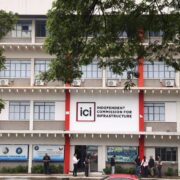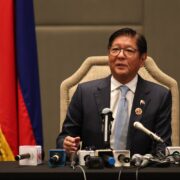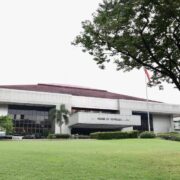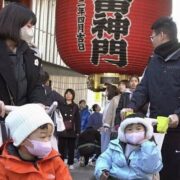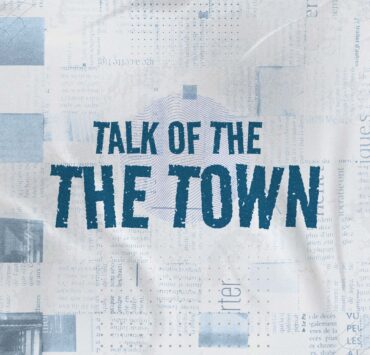How should PH respond to US tariffs?

In the last several weeks, we’ve seen United States President Donald Trump put the world on a tariff roller coaster ride to fulfill his grand vision of reviving American manufacturing. He launched a sweeping tariff hike on its trading partners, peaking at 145 percent duty on imported Chinese goods.
The Philippines was not spared and was slapped with 17 percent that was lower than most neighboring countries. Then Trump hit the brakes and declared a 90-day pause, with the new tariffs replaced with a 10 percent universal rate for its trading partners, including the Philippines, starting April 9. Duties on China were lowered to 30 percent beginning May 13. The tariff situation seems to have calmed down for now.
While the tariffs themselves are not surprising, it was the incoherence and aggressiveness of such policy that have caused anxiety worldwide, freezing business investment plans and threatening people’s livelihoods. Fortunately for the Philippines, the impact of the tariff is expected to be fairly small given that our main growth driver is domestic consumption, with US exports just a small component of our economy. Moreover, our top export products—semiconductors and electronics—are mostly exempt from tariffs. But there should be no room for complacency.
These tariffs carry risks and opportunities that need to be properly managed. One risk is the potential flooding of cheap goods into the local market, as China reroutes its products meant for the US elsewhere. While the low prices may benefit consumers, they could stifle the growth of small businesses, such as those in the furniture and garments sectors that may not be able to compete.
On the flip side, the relatively low tariff imposed on the Philippines could potentially present economic opportunities in the form of investment and trade diversion. Export manufacturers based in China could look to relocate part of their operations to countries facing lower tariffs, like the Philippines.
A study by former Trade and Industry undersecretary Rafaelita Aldaba said these could include electronics companies involved in the final assembly and testing of electronics, semiconductor packaging, and the peripheral manufacturing of memory cards or printers. Some US companies could likewise shift their import orders from China and other high-tariff nations to the Philippines. This would boost demand and benefit local industries, though these potential economic opportunities will be largely anchored on the country’s ability to considerably reduce trade barriers and cost of doing business. This demands urgent attention from our policymakers.
We’ve outlined some recommendations to help the Philippines be in a better position to negotiate the rollback of new tariffs and navigate this trade situation:
1. Reducing US tariffs, which currently stand at 5 percent to 6 percent on average.
2. Removing nontariff barriers that hamper the entry of US goods to the Philippines. This includes deferring the implementation of pre-border technical verification and cross-border electronic invoicing system until concerns of the business community have been fully addressed, such as increase in costs and red tape; possibly removing the minimum access volume for agricultural products and replacing them with lower tariffs on pork and dairy products, and continuously streamlining the issuance process for import requirements such as the Sanitary-Phytosanitary Import Clearance.
3. Pursuing alternative export markets. Deepen negotiations for free trade agreements or preferential market access with countries such as India, United Arab Emirates, and the European Union, and fast-track our application to join the Comprehensive and Progressive Agreement for Trans-Pacific Partnership.
4. Supporting stronger regional integration with Asean to accelerate reduction of trade and regulatory barriers, and harmonize regulations governing competition and intellectual property rights, among others.
5. Building the capacity of domestic firms to protect them from the influx of cheap Chinese goods and support possible export expansion. The Department of Trade and Industry must continue providing technical assistance and training to exporters, especially small and medium enterprises looking for new and alternative markets, particularly in countries where the Philippines enjoys zero duties.
6. Addressing ease of doing business, particularly the bureaucratic process of permit approval and extra fees imposed at the local level, by reviewing the implementation of the ease of doing business law at the national and local levels.
7. Lowering the cost of doing business, like high power rates and logistics costs through sustained investments in infrastructure development. This can be harnessed through more public-private partnership projects.
8. Ramping up reskilling and upskilling programs with universities and industries through the implementation of the Enterprise-Based Education and Training Framework Act.
Overall, it is difficult to predict how this trade situation will play out. But regardless of what tariff level is imposed on the Philippines, we should remain focused on getting our own house in order to further strengthen our resilience from external challenges, and ultimately position our country better to reap the potential benefits of this trade chaos.
—————-
Gary B. Teves had served as finance secretary under the Arroyo administration.



